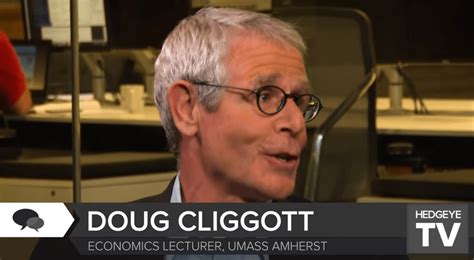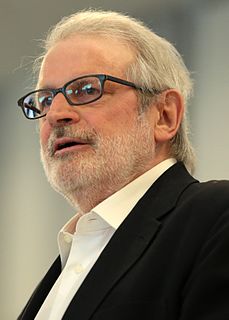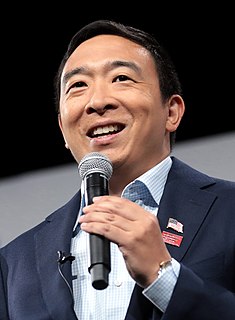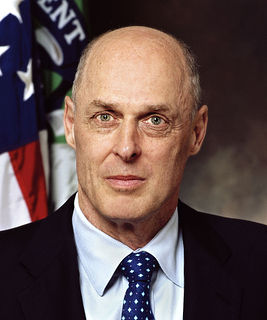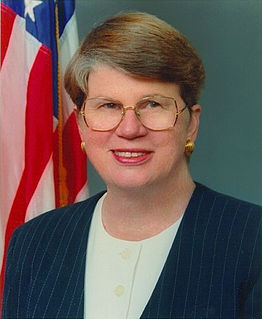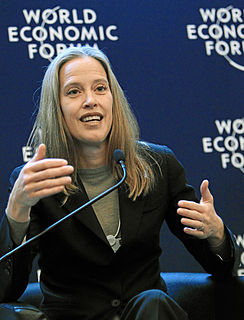A Quote by Ben Bernanke
Interest rates are used to achieve overall economic stability.
Related Quotes
The key is if the economic data stays soft, maybe we don't have to worry much about interest rates anymore. Then we need to worry about earnings. What gave us a really strong move in stock prices from late May until about two weeks ago was this heightened optimism that maybe interest rates are at that high. That gave you a relief rally. Now reality is setting in - if we've seen the worst on interest rates then we've seen the best on earnings.
In a global marketplace with its increased insecurities and - indeed often - volatility and instability, national economic stability is at a premium, the precondition for all we can achieve, and no nation can secure the high levels of sustainable investment it needs without both monetary and fiscal stability together.
A higher IOER rate encourages banks to raise the interest rates they charge, putting upward pressure on market interest rates regardless of the level of reserves in the banking sector. While adjusting the IOER rate is an effective way to move market interest rates when reserves are plentiful, federal funds have generally traded below this rate.

